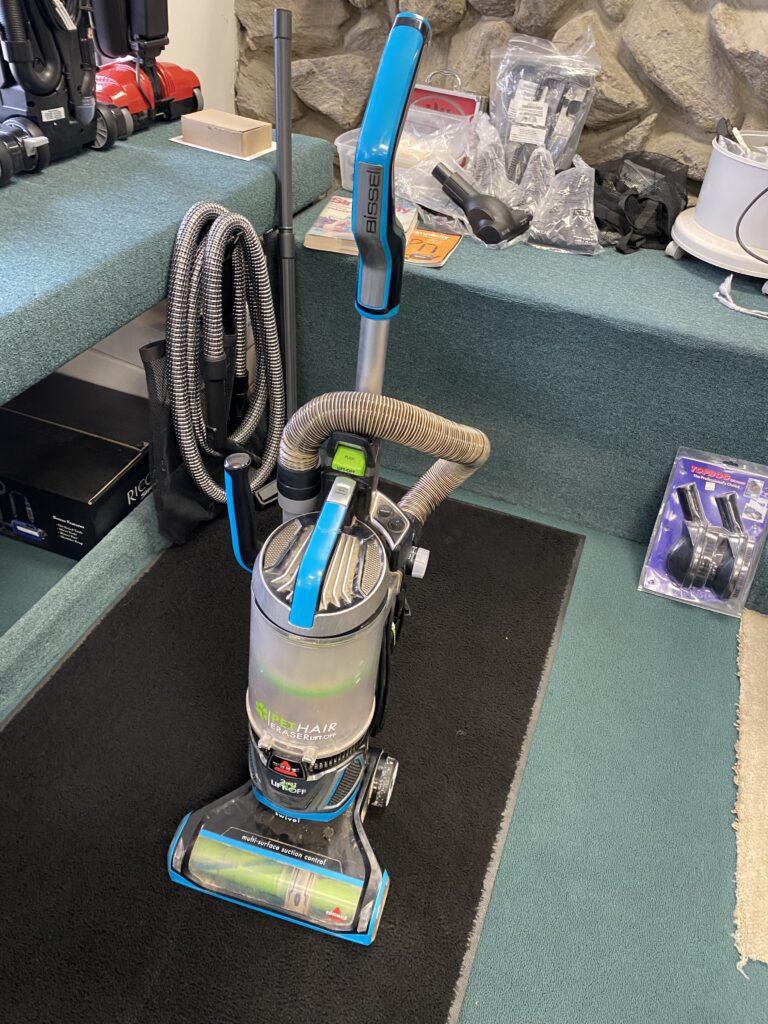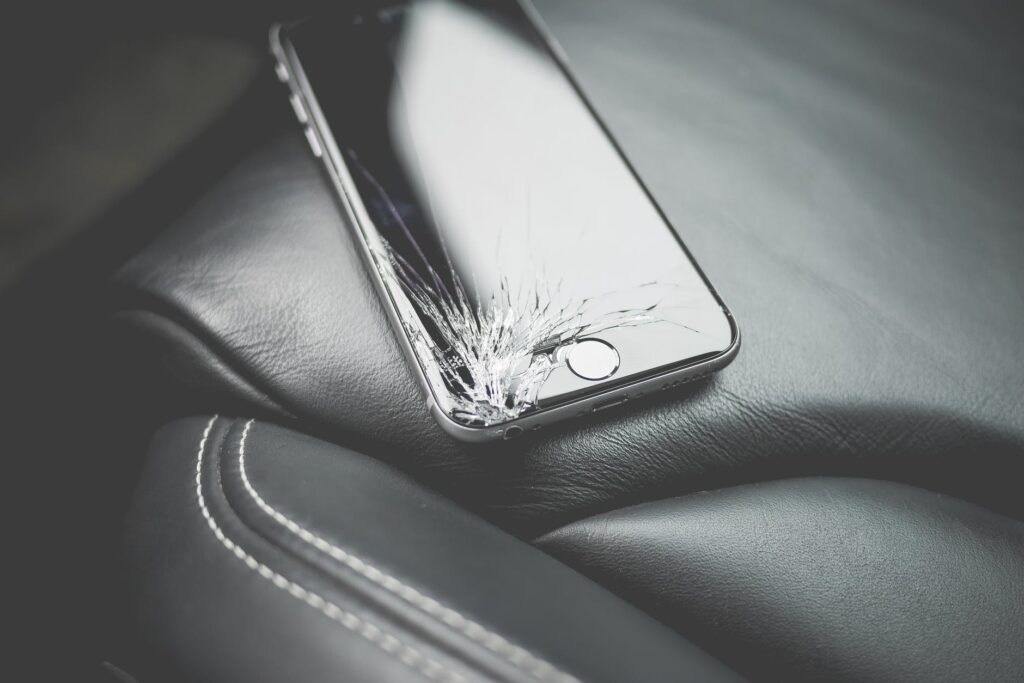Do you practice, ‘Repair Not Replace?’
The zero waste movement spends considerable time focused on recycling and ethical purchasing. Reduce, reuse, recycle, the slogan goes. But what about repair? This forgotten fourth R is a crucial part of bringing a zero waste lifestyle out of its status as a trendy shopping habit, and into the realm of an actual lifestyle change.
Throwaway culture and decades of marketing squawking NEW, NEW, NEW has gotten us all into the habit of replacing every imperfect item in our lives. By practicing a Repair not Replace habit we can step out of the world of capitalistic norms that have us endlessly purchasing new items.
This post may contain affiliate links, meaning we may earn a commission for any purchases made through our links.
Don’t stop yourself before you start.
Don’t tell yourself it’s cheaper to simply buy a new one.
Don’t tell yourself it’s only 10 bucks more to buy a new one.
Don’t tell yourself you’ll recycle the old one correctly, but you just REALLY want the new one.
Fix. The. Thing.
What kind of items are we talkin’ about here?
Cell phones, vacuum cleaners, kitchen appliances, computers, furniture, clothing…
All of these things have the potential to be repaired. Companies want you to come into their stores every 18 months with a cracked screen and walk out with a new phone.
“Because it only cost a little more than replacing the screen!”
Stop thinking this way. Repair it.
Unless it’s actually donezo, as in, “This item cannot be repaired in any reasonable way,” it’s usually best to have it repaired.
Many items are okay to deal with slightly broken, as well. The back of my phone is cracked, but I have a case on it. In no way does it impair the function of the phone. So…who cares? I certainly don’t.
We do the same with appliances. I have no problem spending $150 to clean and repair a $180 vacuum. I far prefer to give a local repairman my money to fix what I already own, rather than pay for something new. When our last vacuum finally did bite the dust, my repair guy gave me a credit for a new pre-owned machine. Then he parted out my old one before recycling the rest.
A financial win for us, a win for the planet, and a win for the vacuum guy!

Let’s keep our money in our own pockets and the pockets of small businesses.
Clothes?
How about clothes you ask? Can’t sew? Have to follow a dress code? Fair enough.
Two words: Thrift. Shop.
I have a cute sweater that I love but has a giant stain on the neckline. What can I say, I’m a big coffee slob. I got a scarf to wear over the spot for fifty cents at a thrift store.
Worn or second-hand jeans can be no-sew patched. No one actually cares if your whites aren’t perfectly bleached. Fashion is all in our heads, really. It’s quite simple to manage our wardrobes sustainably by mending what we already own, or shopping secondhand to supplement.
How to Put Repair Not Replace to Work in Your Life
Go through your mental shopping lists and ask yourself:
What can I make do without simply by repairing something I already own?
You’ll probably be surprised at how much junk you have lying around that can be fixed up to be used or given away. Over time, repair will become your default mindset. It’ll become strange to think about sending items to the landfill if there is a possibility they could be repaired.
Think Local!
The hardest part is doing the work to find all your favorite repair shops in your area. Once you have your go-to places, you’re golden! Find a tailor, a cobbler, an electronics place, and a small appliances place you like. Save their info and refer their work out to your friends. It won’t be possible in every case, with every item, but over time you’re likely to become so much more satisfied by keeping and repairing your items.
If all else fails, please recycle or reuse your unrepairable items for some other purpose.
Old phones make great cameras for kiddos to play with. Cut-up clothes make awesome cleaning rags. Broken appliances can be donated to schools and organizations that will let their students tinker with the bits and bobs before recycling them.
Remember that the “away” in throwaway is not a real thing. Practicing “Repair not Replace,” to the best of our financial abilities is something that we can do to reduce our landfill waste, and think a little harder about the items we use and the waste we create each day.

